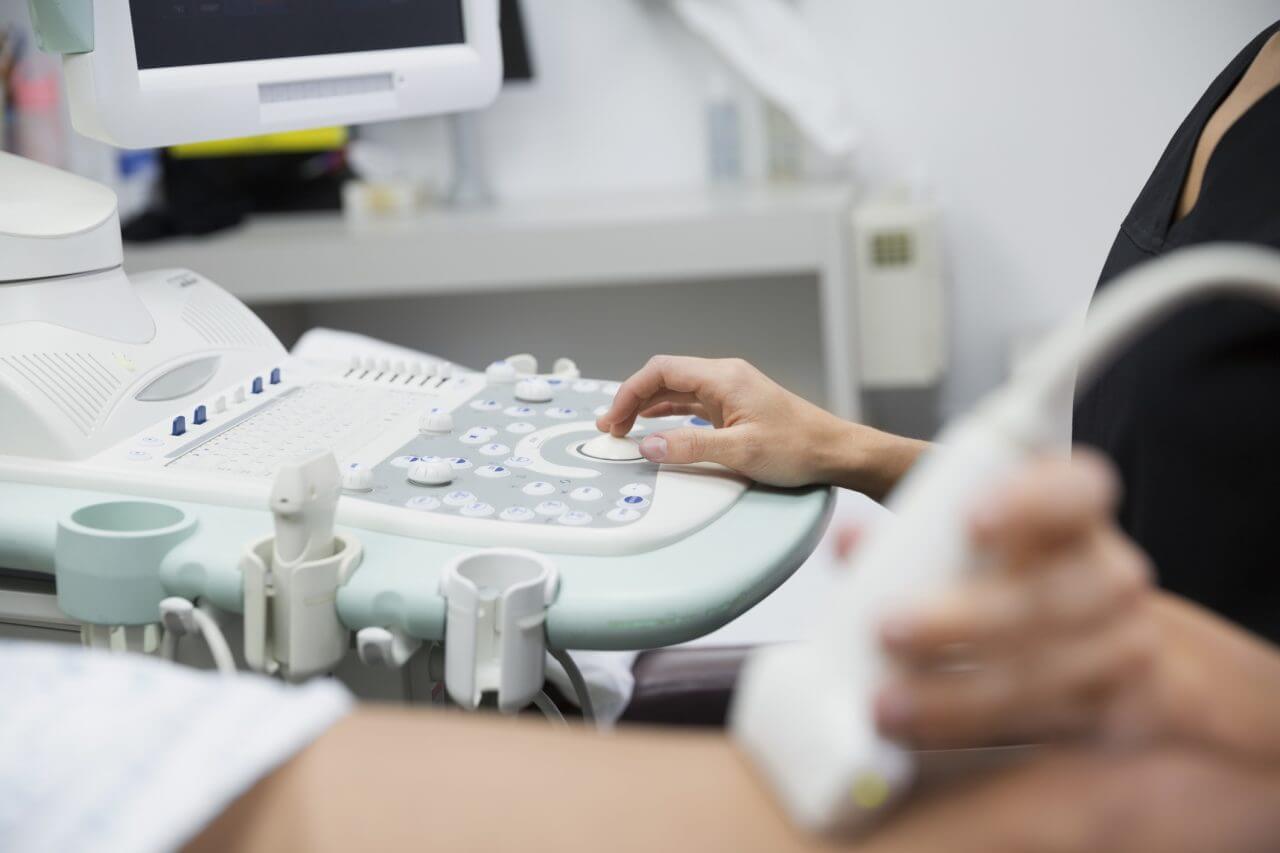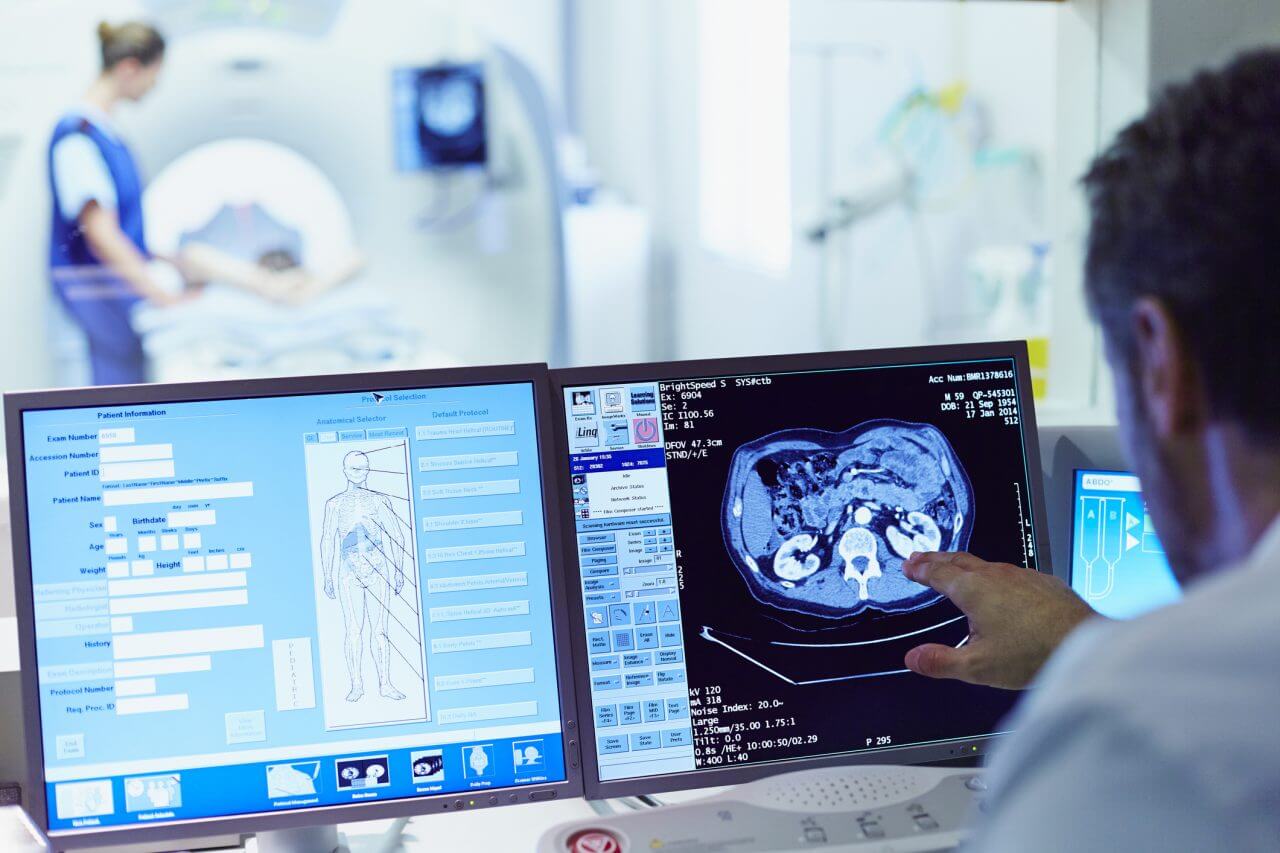CT Scan vs X-Ray

Doctors use many types of imaging technology to help them assess the condition of an organ or an area of the body. Computed tomography scans (often abbreviated as a CT or CAT scan) and X-ray imaging are two common procedures that enable them to diagnose illnesses or injuries.
When Is a CT Scan Useful?
A CT scan is an advanced form of X-ray that produces 360-degree images of organs and structures in the body. In some instances, dye is injected into the bloodstream to produce contrast and greater detail in the resulting images. CT scans can image bones, blood vessels, and soft tissue all at once, and can be used to improve the diagnosis and treatment of cancer, guide the treatment of injuries, and provide important information on the progression of heart disease or a stroke.
When Is an X-Ray Useful?
X-ray imaging produces pictures by sending rays through the body. Dense objects like bone look white in the image because they block more of the rays. X-rays are most often used to diagnose issues with bones including fractures, dislocations and degeneration. They can also be used to identify tumors and infections. Patients can also be given a dye that helps make organs more visible, if appropriate.
Should I Get Both an X-Ray and a CT Scan?
Typically, either an X-ray or a CT scan is ordered by the doctor to assess a particular area or organ. However, in some cases, both procedures might be performed. This could be the case if a patient has both a simple injury like a leg bone fracture, which can be seen with an X-ray, along with internal injuries in the abdomen or chest, which might require a CT scan.
Both CT scans and X-rays are safe. However, they do use a small amount of radiation, so patients should be aware of that. In particular, women who are pregnant or may be pregnant should tell their doctor.
Learn More About CT Scans and X-Rays
Baptist Health provides both of these procedures. Learn more about our CT scan and X-ray services.



